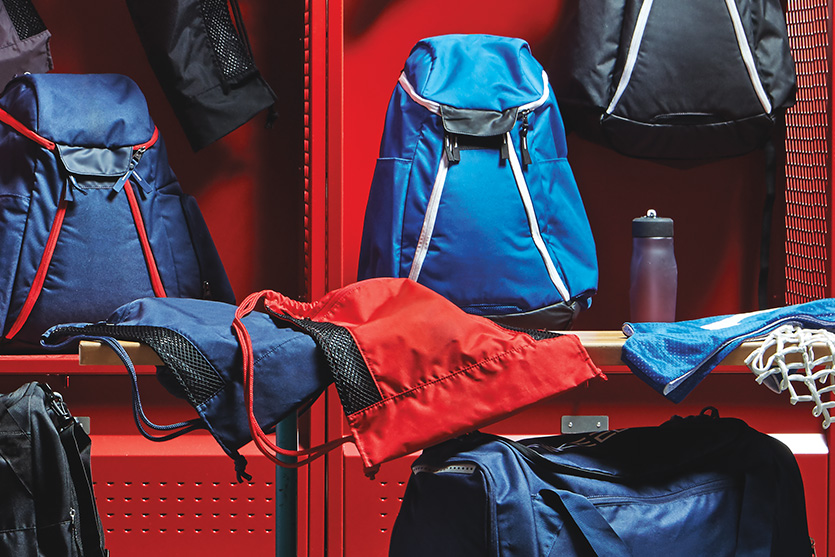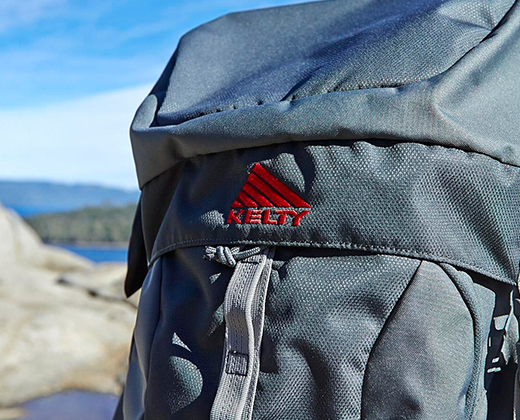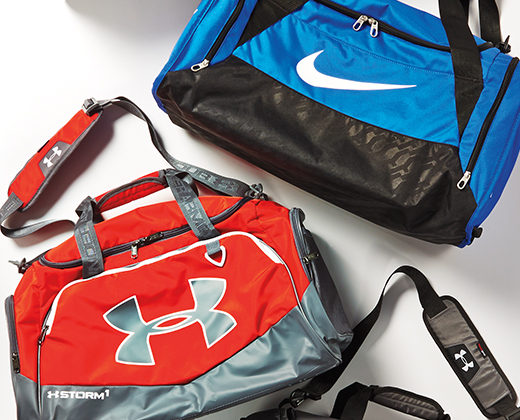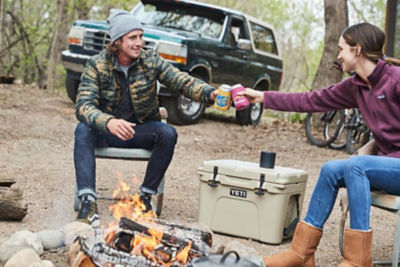How to Choose the Right Backpack for Your Activity
Whether it’s for your morning commute or a mountain hike, there’s a backpack designed just for your outing.
June 25, 2015

The key to selecting your backpack is to first decide how you will use it. Backpacks come specially optimized with a variety of features and compartments. You can carry as much or as little as you need with the latest styles.
School Backpacks
- School backpacks are designed to carry multiple books, papers, travel accessories and more
- Generally soft-backed or frameless
- Internal pockets can fit all your gear
- Many are laptop/ tablet compatible
- All-purpose bag that can go anywhere
- Easy-access pockets for storing smartphone, school supplies and more
- Best for school, work and travel
Day Hiking Backpacks
- Daypacks are intended for use by hikers and campers on shorter trails and trips
- Generally soft-backed or frameless
- Lightweight and intended for lighter loads over shorter distances
- Waist belts prevent loads from continually tapping against your back, focusing weight on the hips
- General capacity range is 500-2,500 cubic inches
- Back panels for comfort
- Extra pockets to store your gear
- Best for single day hikes, climbs, bike rides, travel
Hydration Packs
- Provides water while you're on the move
- Users drink water via a tube equipped with a non-leaking valve
- Hydration daypacksoffer the most water capacity and storage space
- Hiking Hydration Packs: Cargo capacity along with hydration that can carry your lunch, binoculars, first aid kit
- Biking Hydration Packs: Backpack style with a hydration tube so you can sip water without taking your hands off your bike
- Winter/Snow: Extra carrying space and tubes are insulated so that the water does not freeze
- Run: Specially designed for carrying hydration, fuel and recovery items during longer runs
Internal Frame Packs
- Internal frame built into the pack behind the shoulder harness gives you a narrow profile, permitting more freedom and movement
- Frames have flat bars or "stays" that can be removed and bent to fit the user
- More flexibility than external packs, they move with your body
- Hugs the body to hold equipment on the hips, giving you better balance and stability
- Compression straps keep loads from shifting inside the pack
- Adjustable suspension system designed for optimal fit
- Most include built-in sleeve for hydration
- Most popular style of pack for hiking designed to include extra features
- Best for off-trail hikers on rough terrain, climbers, mountaineers
External Frame Packs
- External frame supports heavy loads from attached pack and harness
- Evenly distributes weight between hips and upper back
- External frame packs have a high center of gravity, which has two advantages: It gives excellent weight transfer to the hips and it allows you to walk with a more upright posture
- Cooler to carry in hot temperatures because the pack does not rest against your back, allowing air to circulate. Great for long hikes on hot days
- Offer multiple external lashing points for attaching extra gear
- Good for growing scouts because they have more adjustability in terms of fit
- Best for all levels of hikers traveling long distances to remote locations while carrying heavy loads
Sport-Specific Packs
- Sports-Specific packs are specially designed to help meet the needs of your favorite sport. From carting your gear to supplying hydration, these packs help you stay on your game.
- Baseball bags or bat packs often include specialized compartments or straps for your bat
- Many lacrosse bags include compartments for your stick, helmet and cleats
- Tennis bags often include space for your racquet
- Hydration compartments are great for storing your water bottle
- Vented areas help air out your gear
- Cleat compartments keep your footwear away from your uniform and other items








